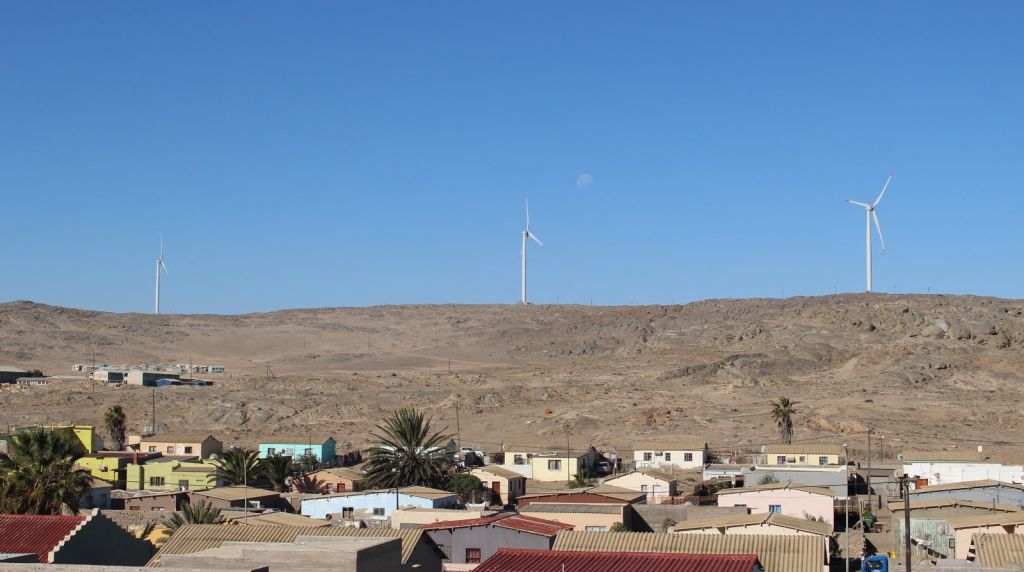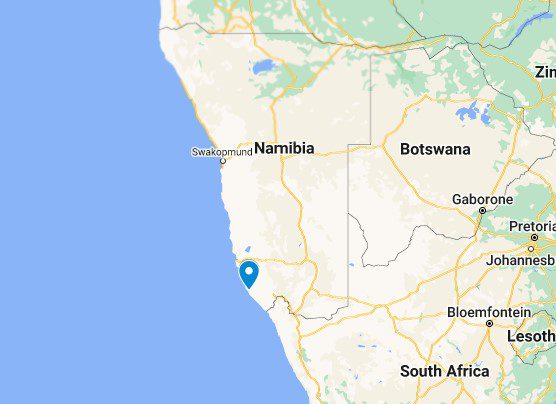The 10 MW Ombepo Wind (Ombepo) project plays a vital role in transitioning Namibia to renewable energy. Located on the coast in the south of this West African country, Ombepo (which means wind in the local dialect) harnesses strong Atlantic Ocean winds to generate electricity that is fed into the national power grid. Phase 1 of the project, comprising 3 wind turbines, started operation in 2017, helping to reduce Namibia’s reliance on electricity imports from neighbouring South Africa and other countries in the region.
Benefits: Climate & Environment
Ombepo is the country’s first utility-scale wind farm. Its primary objective is to boost Namibia’s renewable energy capacity and reduce the country’s heavy reliance on electricity imports. Prior to Ombepo starting operation, Namibia imported 60% of its energy needs. The government is now targeting 70% of renewable energy in the country’s energy mix by the year 2030. The impact on greenhouse gas emissions is also hugely beneficial.
Lower greenhouse gas emissions: Each MWh of electricity generated by the Ombepo Wind farm is estimated to prevent the release into the atmosphere of 0.9871 tCO2e of greenhouse gases (in the case that the power were to be imported or generated by Namibia’s pre-project energy mix).
The project’s lifetime impact: The project’s crediting period, spanning September 2017 to September 2027, provides a 10-year window during which it can claim emission reduction credits. The recent performance report (October 2023) confirms its success in preventing the release of 22,250 tonnes of CO2e in a one-year period. Total emission savings over the 10-year crediting period are forecast to exceed 324 thousand tonnes CO2e.
Benefits: Social & Economic
The Ombepo Wind project not only contributes to carbon emission reduction but also supports the local economy in other ways:
- Energy self-sufficiency: The project reduces power imports, thereby helping the country to save money that can be invested in other ways.
- Improved Infrastructure: The project has contributed directly to the upgrading of roads in the region.
- Employment: 70 jobs created during the construction phase and 5 permanent technicians to ensure operation and maintenance.
Tourism Opportunities: The project’s pioneer effect is likely to attract further developments, tourism, and pave the way for replication enhancing.


Project Verification


